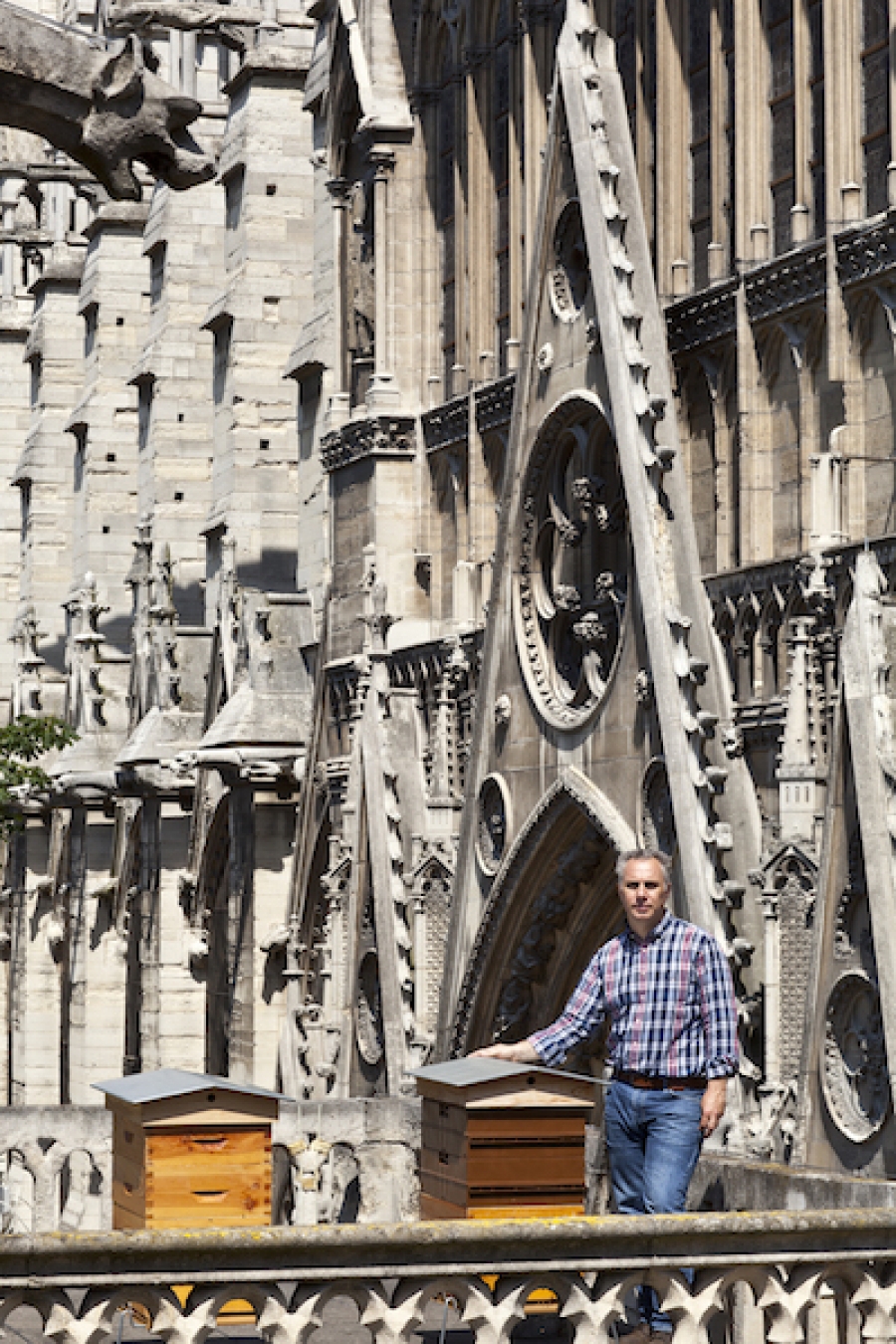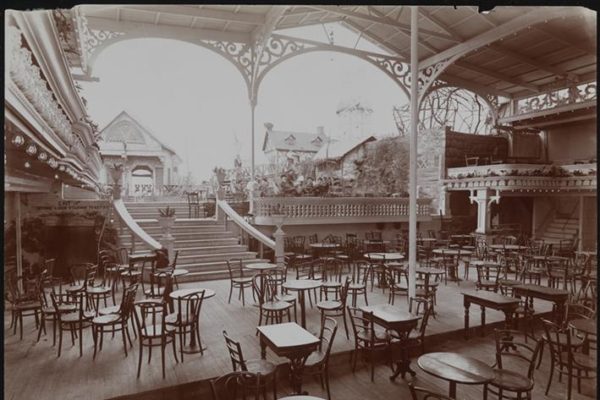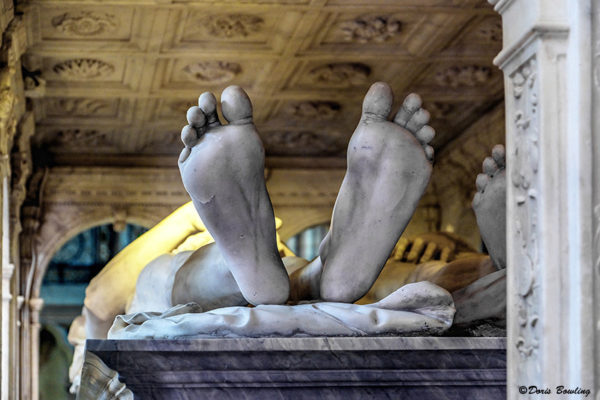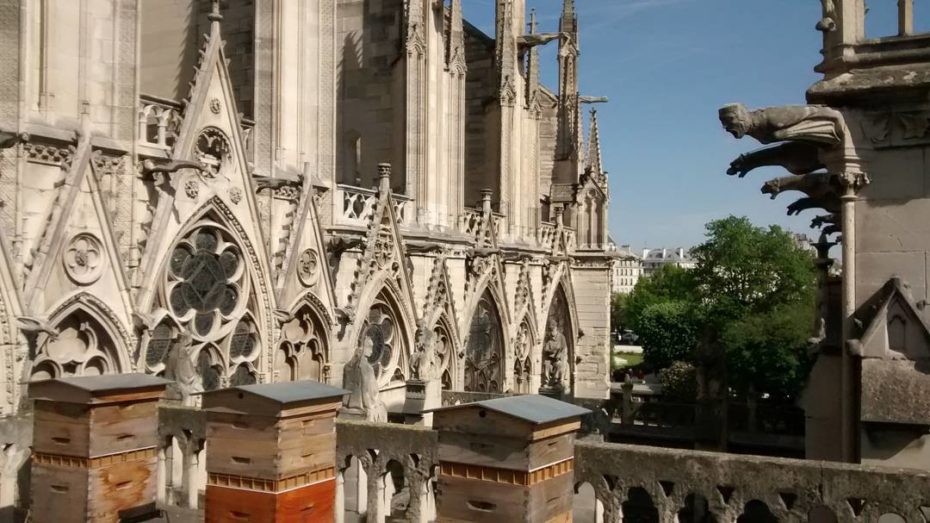
It took me several days to think of the bees. After the smoke had cleared and the heartbreak settled in, I remembered: they kept beehives up there. So you might be wondering too: were the honeybees spared from the fire that ravaged Notre Dame and left the world in disbelief on that black Monday evening in Paris? The fate of the cathedral’s busiest little winged inhabitants may seem all too insignificant next to centuries of history destroyed, but I’ll take my silver linings however I can get them – even in the tiniest doses. So I went looking for answers…
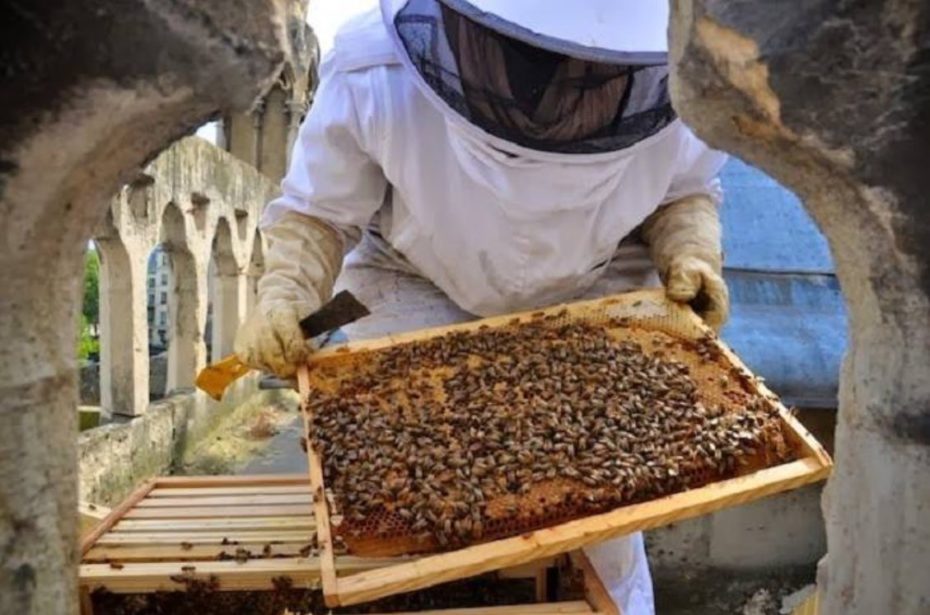
There are over three hundred working bee hives currently placed around Paris in an effort to increase biodiversity. You can find them in the Luxembourg gardens (alongside a beekeeping school) and on numerous rooftops around the city, including the Opera Garnier, the Grand Palais, the Musée d’Orsay, Galeries Lafayette and dozens more. Despite the lack of green space, honeybees are in fact known to thrive in urban environments without the threat of pesticides used in rural farming areas. Much of the honey they produce in Paris is donated the city’s poor and vulnerable.
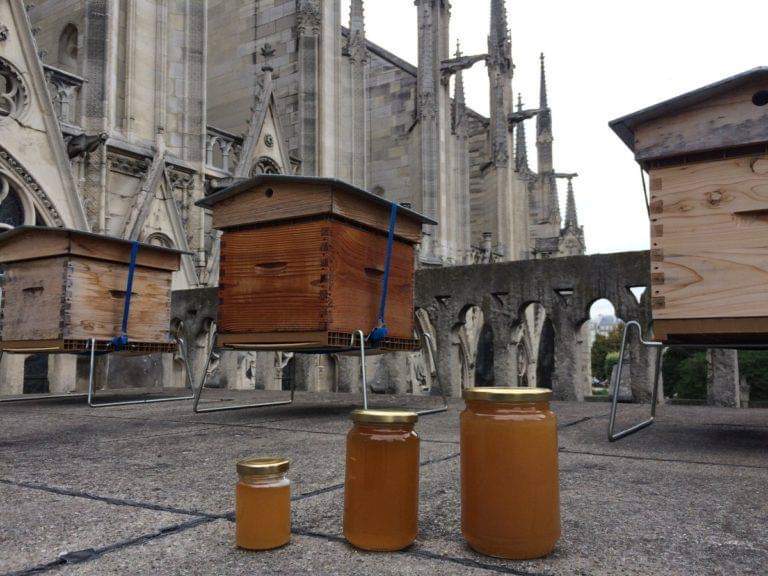
In the spring of 2013, the rooftops of Notre Dame became host to a modest colony of good-tempered urban honeybees known Buckfast bees, developed in the 1920s by a Benedictine monk. The three hives on top of the Notre Dame were installed at the behest of the cathedral’s general manager as a gesture to help promote the protection and awareness of our bees, but of course on that fateful evening in Paris, Notre Dame’s hives were quite literally in the line of fire. As firefighters battled through the night to save the 850+ year-old cathedral from total collapse, understandably, priorities lay elsewhere.
To discover the fate of these little bees in the aftermath of a disaster, I figured that tracking down Notre Dame’s beekeeper was probably the best place to start. So I did some digging and found Nicolas Géant, the apiculturist who maintains more than 200 other hives across Paris, including the three hives atop France’s ravaged cathedral. And alas, a glimmer of hope…
Two days after the fire, Nicolas gave his first update: Thanks to drone footage released to the media, he was able to spot his beloved hives from the air….
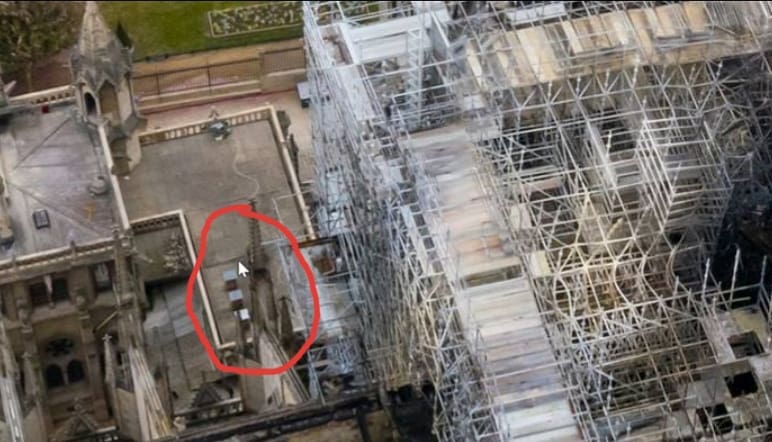
Despite their proximity to the root of the fire, miraculously, “the three hives are still in place … and visibly intact!” he rejoiced.
This was good news. However, for obvious safety reasons, very few personnel have been allowed back on site of the cathedral, so Nicolas couldn’t be sure if the bees themselves had survived the fire.
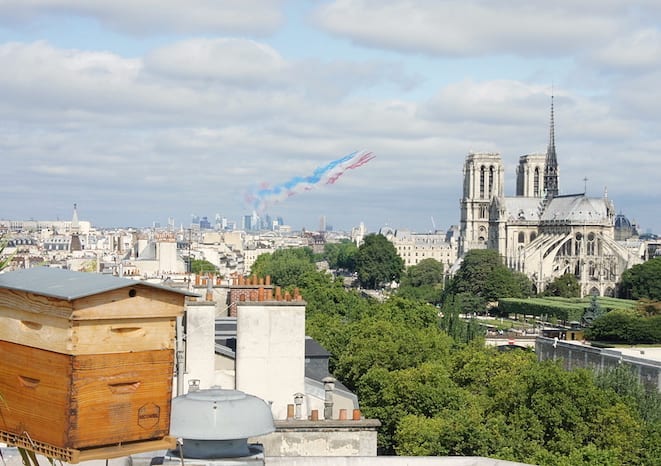
“As for the occupants of those hives, the mystery still remains,” he said. “All that smoke, heat, water, we will see if our courageous bees are still with us as soon as we’re given access to the site, which may take some time,” said Nicolas. He promised to keep us informed and has been very moved by the messages of support he’s received since the fire.
I was just about to publish this post, their fate still in question, when I decided to check back with Nicolas one more time….
And I have to say, I never thought I’d be so happy to see a swarm of insects.
The bees are alive!
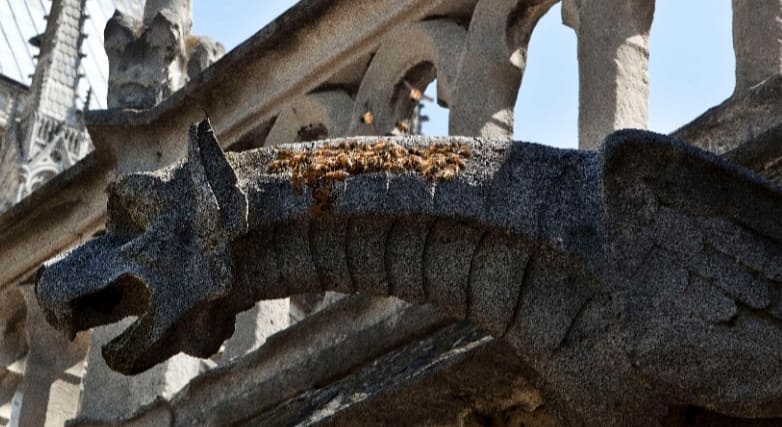
Spotted clinging to a blackened gargoyle, Nicolas joyously shared the news that the bees of Notre Dame are alive and well, thanks to photo confirmation from officials onsite.
While we wait for Nicolas to be reunited with them, here is a French morning news program from 2016, featuring Nicolas and his courageous bees at Notre Dame (sorry, no english subtitles):
The honeybees’ neighbouring 850 year-old “forest”, as it was fondly known, tragically didn’t have the same luck as the bees and their wooden hives that sit just one level below the catherdral’s attic. Lost in the fire of April 15th, the intricate framework of oak beams, some more than 100 meters long, was one of the oldest structures in Paris and a rare example of medieval engineering…
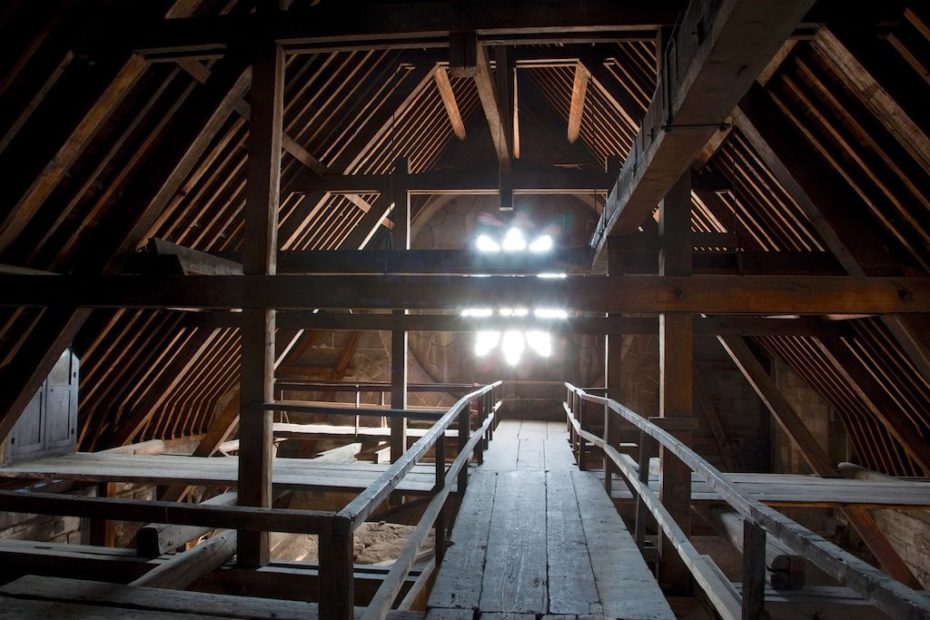
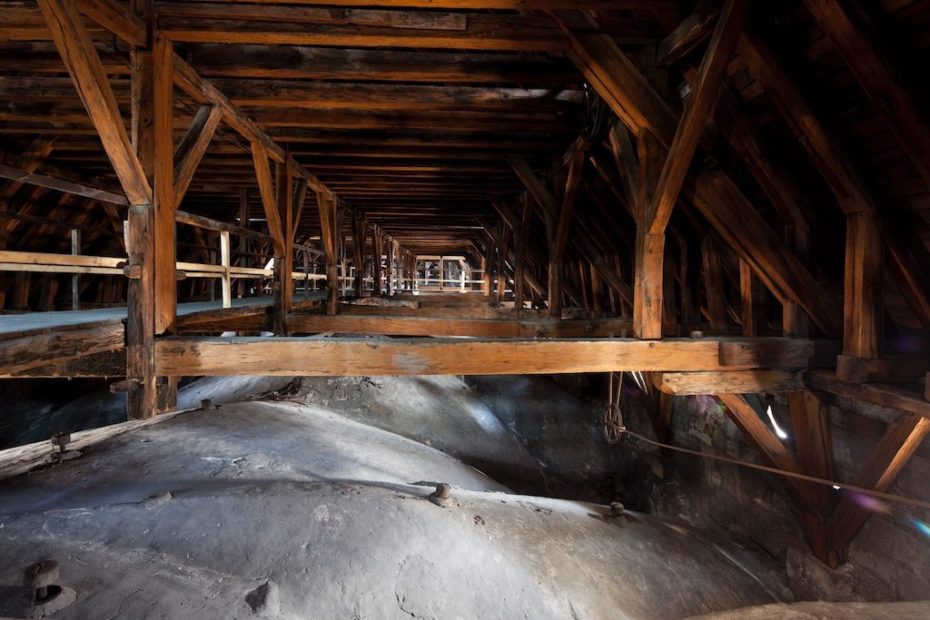
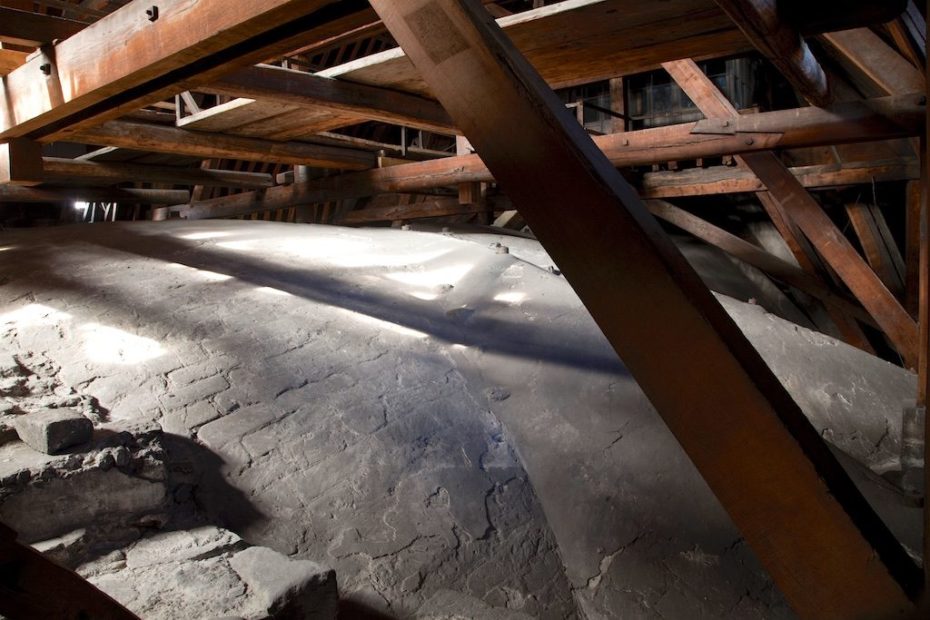
While lamenting over the loss of “the forest” where the fabled hunchback of Notre Dame hid from the world, I came across a small but interesting detail in the attic’s history. The structure that was destroyed in the recent fire was put in place in the year 1220, but records show that a previous framework existed prior that, built with trees that were felled around 1160. It’s unknown why this first attic was rebuilt – the cathedral’s archivists suggest that there might have been another fire all those years ago that destroyed the very first forest.
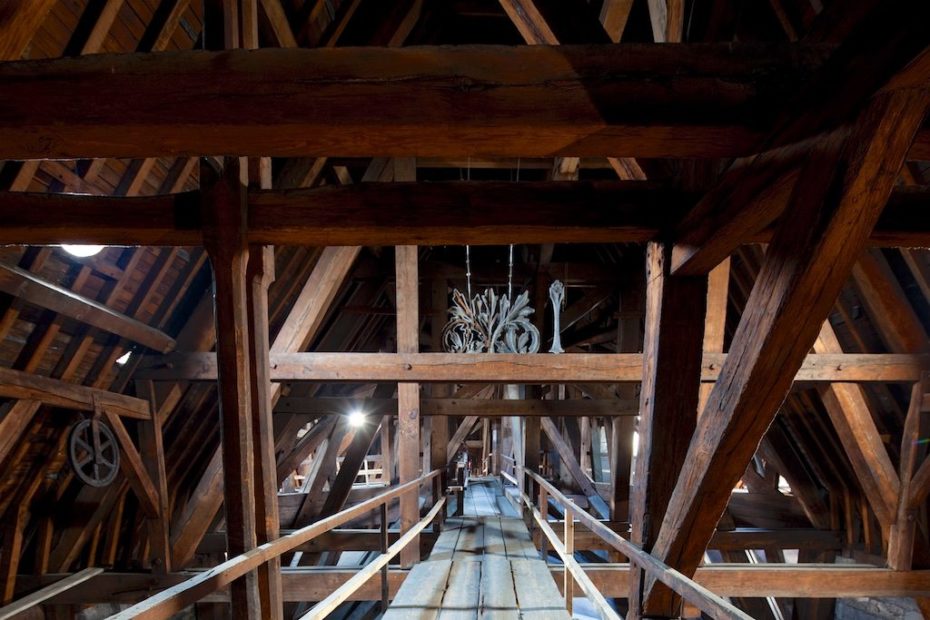
Whatever the reasoning, it provides some hope and reassurance that history says Notre Dame – and its forest – will rise again. In recent years, the attic was surveyed and 3D scanned by experts. France’s back-up plan, as touched on here a few days ago, is a solid one.
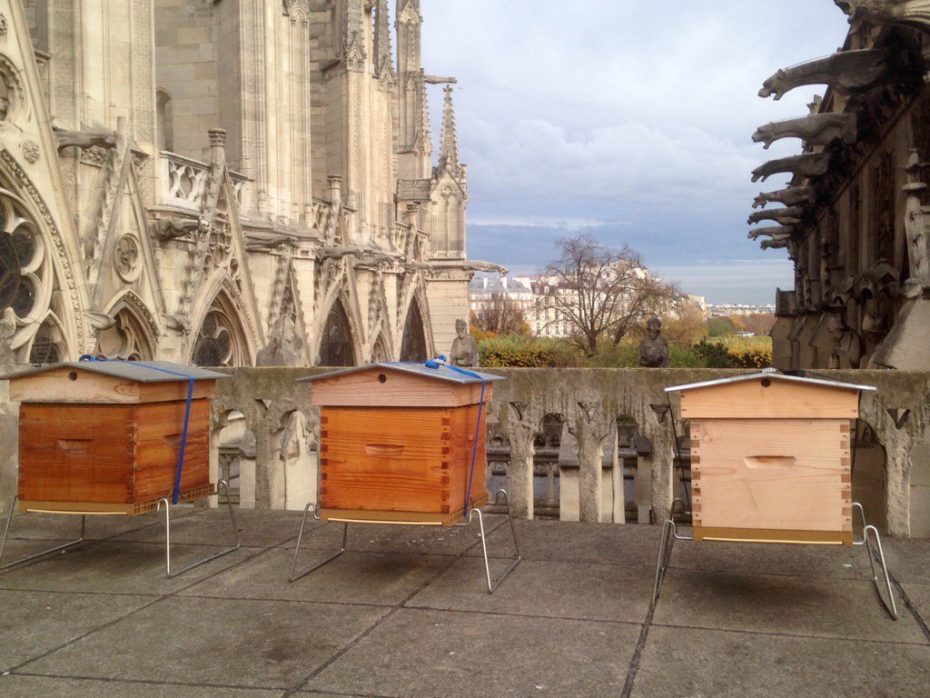
In the meantime, it’s the little things that can also help heal the gaping wound in the heart of Paris. So here’s to the honeybees of Notre Dame that survived the great fire of 2019. Spread the joy #TheNotreDameBeesAreAlive


